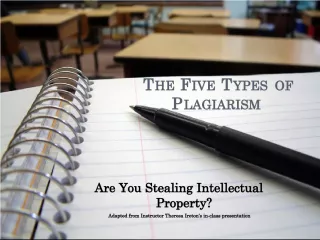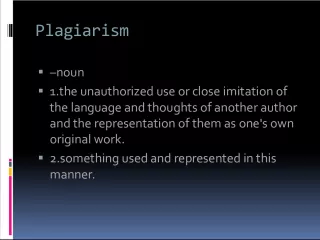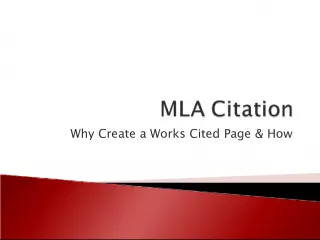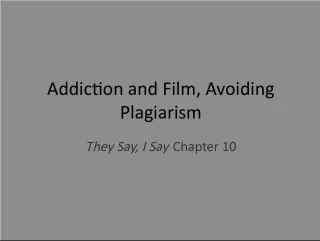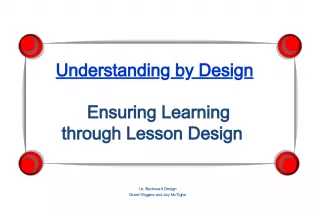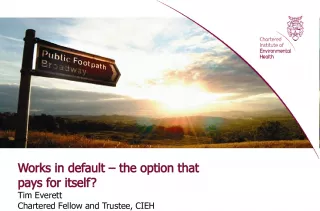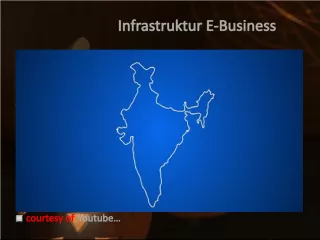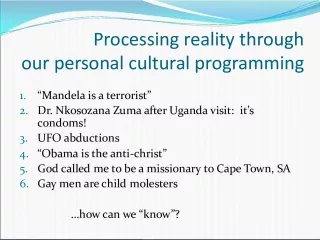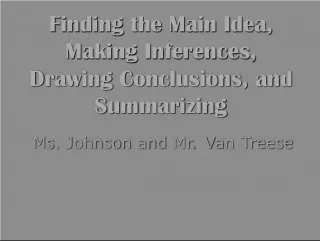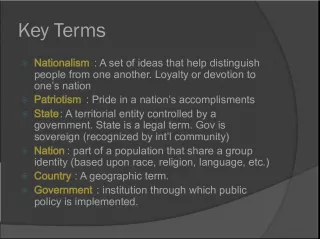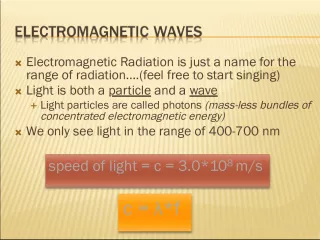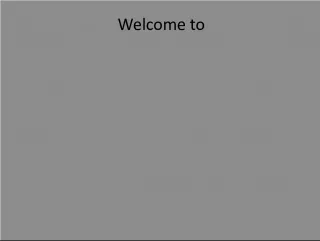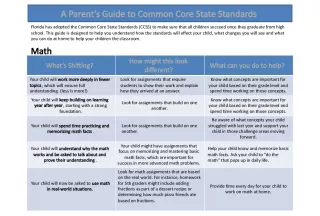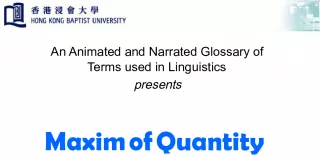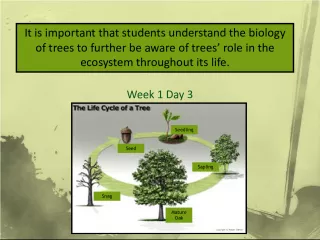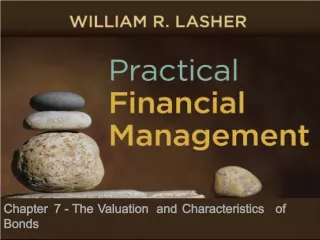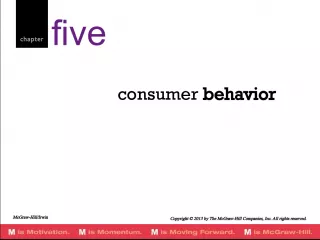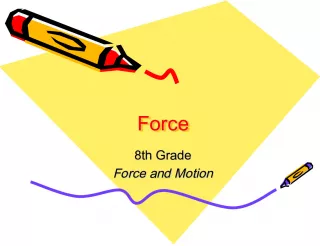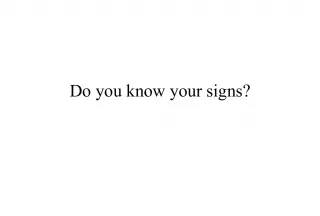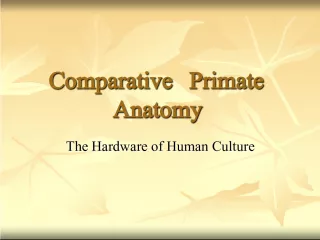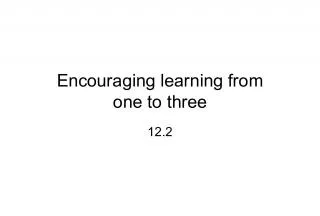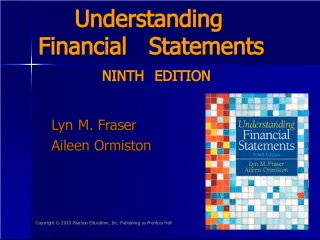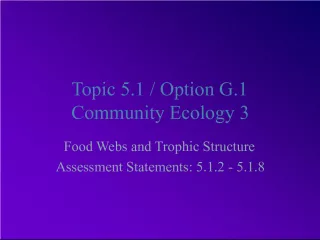Understanding Plagiarism


This PowerPoint presentation by Gail M Dummer covers the definition of plagiarism and emphasizes the importance of citing sources and avoiding appropriation of others' work. It includes references and notes to prevent plagiarism.
- Uploaded on | 0 Views
-
 anne
anne
About Understanding Plagiarism
PowerPoint presentation about 'Understanding Plagiarism'. This presentation describes the topic on This PowerPoint presentation by Gail M Dummer covers the definition of plagiarism and emphasizes the importance of citing sources and avoiding appropriation of others' work. It includes references and notes to prevent plagiarism.. The key topics included in this slideshow are . Download this presentation absolutely free.
Presentation Transcript
1. Plagiarism Gail M. Dummer Professor Emeritus Department of Kinesiology
2. Note Sources for images, and reference citations for quotations and paraphrased material, are provided in the notes under each slide in the notes version of this PowerPoint presentation – no plagiarism!
3. What is Plagiarism? Plagiarism means “the appropriation of another person’s ideas, processes, results, or words without giving appropriate credit” Source : MSU’s Procedures Concerning Allegations of Misconduct in Research and Creative Activities http://rio.msu.edu/June_2009_Procedures.pdf
4. Understanding the Definition Appropriation means using or taking something that is not yours Plagiarism is stealing by using another person’s words or ideas Plagiarism is academically dishonest because students, scholars, and faculty members are expected to do their own work
5. Understanding the Definition Plagiarizers use or take intellectual property Other thieves use or take physical property such as money, computers, things, etc. The terms ideas, processes, results, or words refer to another person’s intellectual property
6. Understanding the Definition Words … copying more than 4-6 consecutive words, rearranging phrases, or paraphrasing extensively Ideas … using original information learned from conference presentations, confidential reviews, etc. Plagiarism means taking or using any of the following intellectual property without permission or giving credit:
7. Understanding the Definition Continued from previous slide: Processes … adopting or using research methods described by another investigator, especially when the research method is not common knowledge Results … using or reporting data, figures, or tables that represent another investigator’s research results
8. Understanding the Definition Giving appropriate credit refers to: Providing the name of the original author, artist, researcher, or scholar Providing sufficient publication data that another person can find the original source – use disciplinary standards! Using quotation symbols to indicate direct quotes
9. Is This Plagiarism? Next six slides Read information on the slides Listen to variations of the situation described by the presenter Determine whether plagiarism occurred Discuss uncertainties with your mentor
10. #1 - Is This Plagiarism? You are a member of the audience where research results are presented. You use ideas described by one of the speakers in the design of your next research project.
11. #2 - Is This Plagiarism? You are reading a journal article, chapter, or book. You paraphrase passages of text from the material you have been reading in the literature review of a manuscript you are writing.
12. #3 - Is This Plagiarism? You are reviewing a submitted manuscript. You decide to use novel research methods described in that manuscript to enhance your own research.
13. #4 - Is This Plagiarism? You are doing research using the internet. You choose to use ideas from a web site in the design of your next research project, and also use some quotes from the web site in your literature review.
14. #5 - Is This Plagiarism? You are writing a paper in English, and your native language is Martian. When writing a review of literature, you use another author’s exact words because you are not confident about paraphrasing or synthesizing the ideas in your own words in English.
15. #6 - Is This Plagiarism? You are writing a manuscript for publication that is based upon your own previous research. You decide to include some exact text from one of your earlier manuscripts in the new paper.
16. Plagiarism in Research Plagiarism is specifically defined as a form of research misconduct The definition of research misconduct on the next slide is from the MSU Procedures Concerning Allegations of Misconduct in Research and Creative Activities, http://rio.msu.edu/June_2009_Procedures.pdf
17. Plagiarism in Research “Misconduct means fabrication, falsification, plagiarism , or any other practice that seriously deviates from practices commonly accepted in the discipline or in the academic and research communities generally in proposing, performing, reviewing, or reporting research and creative activities.”
18. Plagiarism in Research “Ohio University is investigating 44 possible cases of plagiarism by current and former engineering graduate students, all of which were discovered by a former graduate student who believes that professors there have fostered a culture of cheating.” T. Bartlett, Ohio U. Investigates Plagiarism Charges, Chronicle of Higher Education , 3/10/06
20. Detecting Plagiarism Readers and reviewers Check references Google 4-6 words (Harris, 2004) Plagiarism detection software (e.g., plagiarismchecker.com, plagiarismdetect.com)
21. Preventing Plagiarism Understand the difference between “common knowledge” and “original” ideas Do the right thing Follow your conscience Give credit, mark direct quotations, and use reference citations – use disciplinary standards! Seek help from your mentor
22. Possible Consequences scholarly reputation self-concept grades Dissertation not accepted Expulsion from university/no degree Expulsion from professional organizations Loss of job (GA/faculty)
23. MSU Resources MSU’s Procedures Concerning Allegations of Misconduct in Research and Creative Activities http://rio.msu.edu/June_2009_Procedures.pdf Plagiarism. Research Integrity Newsletter , MSU Grad School, Volume 9 (2), 2006 http://grad.msu.edu/researchintegrity/docs/ri05.pdf Plagiarism . PowerPoint presentation & notes http://grad.msu.edu/researchintegrity/resources
24. MSU Offices Research Integrity Officer http://www.rio.msu.edu/ Graduate School http://grad.msu.edu Ombudsman https://www.msu.edu/unit/ombud/
25. Sampling of Web Sites U.S. Office of Research Integrity resources about plagiarism http://ori.dhhs.gov/education/products/rcr_ misconduct.shtml URLs for several additional web sites about plagiarism are included in the notes below this slide
26. The End You are encouraged to engage in further discussions about plagiarism with your mentors and colleagues from your discipline
